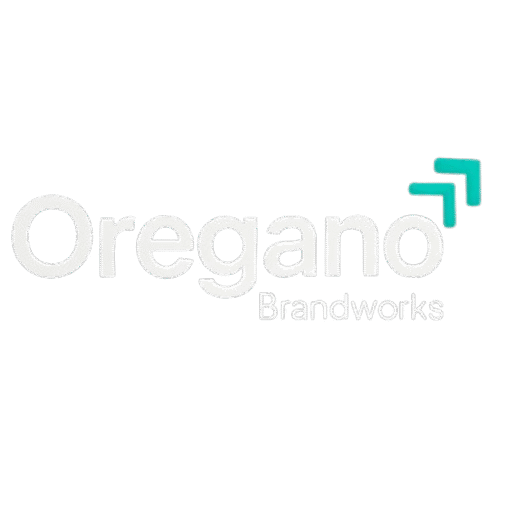- Written by: Oreganobrandworks@gmail.com
- September 10, 2025
- Tags:
For decades, press releases were the cornerstone of public relations—structured, formal announcements sent to media houses, hoping for coverage. However, in today’s hyper-connected world, where news spreads instantly through social media, podcasts, and online communities, relying solely on press releases is like bringing a knife to a gunfight. Modern PR demands more agility, more storytelling, and more digital-first thinking.
Why B2B Brands Shouldn’t Ignore Modern PR
Public Relations for B2B brands is not just about visibility—it’s about credibility and influence. In an age where decision-makers research extensively before making choices, here’s why PR matters more than ever:
-
Trust Before Transactions: Decision-makers engage with brands they trust long before they buy.
-
Digital Discovery: From LinkedIn to industry blogs, buyers consume thought leadership, case studies, and news to form impressions.
-
Reputation Management: In the B2B world, a single narrative can either establish authority or raise doubts.
Therefore, ignoring PR means letting competitors dominate conversations that could have positioned you as the thought leader.
What Most B2B Brands Get Wrong
Even today, many brands rely on outdated PR tactics. As a result, they fail to create lasting impact. Here’s where they fall short:
-
Press Releases as the Only Tool: Sending out press releases and expecting coverage without follow-ups or digital amplification.
-
Lack of Storytelling: Focusing on company updates instead of weaving narratives that resonate with industry challenges.
-
No Integration with Digital: Missing opportunities to extend PR through blogs, social media, podcasts, and videos.
-
Measuring the Wrong Metrics: Tracking only publication mentions instead of engagement, lead quality, or share of voice.
The result? Wasted effort and little to no impact on business growth.
What Works Instead: A Modern PR Approach
Successful PR in the digital era isn’t about sending information—it’s about sparking conversation. Moreover, it requires blending owned, earned, and shared media. What works today:
-
Content-Driven PR: Blogs, case studies, podcasts, and thought leadership articles complement traditional media.
-
Owned + Earned Media Mix: Use your own platforms (website, LinkedIn, newsletters) while leveraging external coverage.
-
Real-Time Engagement: Responding quickly to industry developments with insights, not just corporate updates.
-
Data-Backed Narratives: Sharing surveys, reports, and insights positions your brand as an industry authority.
Our 4-Step Framework for High-Performing PR Campaigns
1. Build a Strong Narrative
Move beyond company-centric announcements. Instead, frame your news within larger industry trends.
Example: “How AI is reshaping sustainability in construction” rather than “Company launches AI feature.”
2. Leverage Multi-Channel Distribution
Don’t stop at press releases. Additionally, extend coverage through LinkedIn posts, YouTube explainers, webinars, and podcasts.
3. Engage Influencers & Industry Voices
Collaborate with analysts, micro-influencers, or thought leaders to amplify your message beyond traditional journalists.
4. Measure What Matters
Track impact through lead generation, brand mentions across platforms, engagement on digital channels, and website traffic—not just column inches.
Conclusion
PR in the digital age isn’t dead—it has evolved. Press releases alone can no longer carry your brand’s story. For B2B brands, modern PR is about weaving narratives, leveraging multi-channel platforms, and building credibility at scale.
The winners will be those who adapt quickly, measure effectively, and create stories that resonate beyond corporate walls.
Ultimately, PR isn’t just about media coverage anymore—it’s about shaping conversations that drive trust and long-term business growth.

